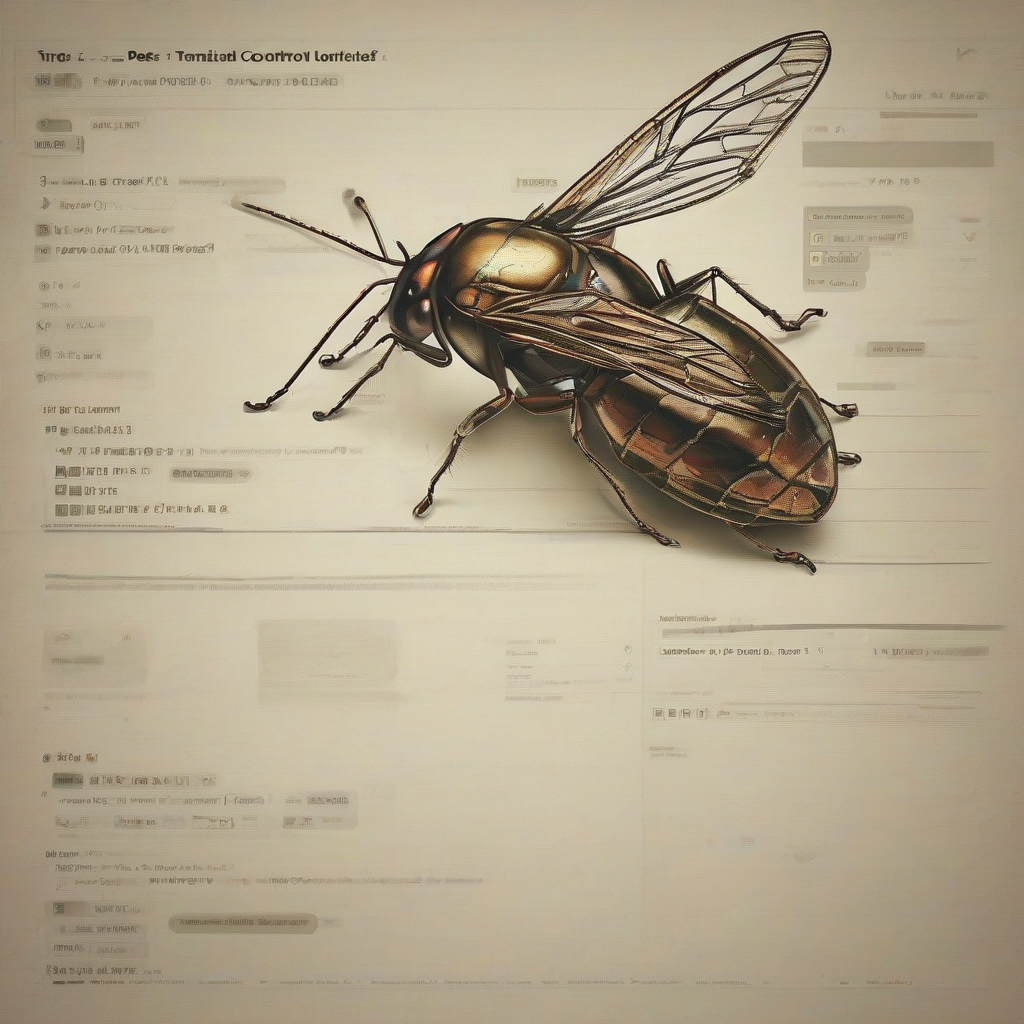Pigeon Pest Control: A Comprehensive Guide to Effective and Humane Solutions
Pigeons, while often seen as symbols of peace, can quickly become a significant pest problem. Their droppings are unsightly and can damage property, posing health risks through the transmission of diseases. This comprehensive guide explores various pigeon pest control strategies, emphasizing effective and humane approaches.
Understanding the Pigeon Problem
Before implementing any control measures, it’s crucial to understand the factors attracting pigeons to a particular area. These often include:
- Food sources: Crumbs, spilled seeds, garbage, and even uncovered pet food can attract large flocks.
- Nesting sites: Building ledges, crevices, and poorly maintained rooflines offer ideal nesting areas.
- Water sources: Pigeons need a regular water supply, making leaks, puddles, and even birdbaths attractive.
- Shelter: Overhanging structures and dense vegetation provide refuge from predators and harsh weather.
Identifying and eliminating these attractants is the first step towards effective pigeon control. A thorough inspection of the property is essential to pinpoint potential nesting sites and food sources.
Humane Pigeon Control Methods
Humane methods prioritize the well-being of the pigeons while effectively reducing their presence. These methods include:
- Exclusion techniques: This involves preventing pigeons from accessing areas they frequent. Methods include:
- Netting: Installing bird netting over vulnerable areas, such as ledges and rooflines, prevents nesting and roosting.
- Spikes: Bird spikes deter pigeons from landing on ledges, window sills, and other flat surfaces.
- Wire mesh: Installing wire mesh over openings and crevices can block access to nesting sites.
- Modifying building design: Making structural changes to eliminate ledges and crevices can significantly reduce attractiveness to pigeons.
- Repellents: Various repellents can deter pigeons without harming them. These include:
- Visual repellents: Shiny objects, reflective tapes, and plastic owls can create a visual deterrent.
- Auditory repellents: Ultrasonic devices emit high-frequency sounds that are unpleasant to pigeons but inaudible to humans.
- Chemical repellents: These are available in spray or gel form and create an unpleasant taste or smell, discouraging pigeons from landing.
- Taste repellents: These are applied to surfaces to make them unappealing to pigeons.
- Removing food sources: Eliminating readily available food is crucial. This involves:
- Regular cleaning: Removing crumbs, spilled seeds, and garbage regularly removes food attractants.
- Secure garbage disposal: Using sealed bins and proper waste disposal practices prevents access to food scraps.
- Covering pet food: Keeping pet food in covered containers prevents pigeons from accessing it.
- Removing water sources: Fixing leaks, removing standing water, and covering birdbaths reduces the availability of drinking water.
Less Humane Methods (Use with Caution)
While humane methods are preferred, some less humane methods might be considered as a last resort, always adhering to local regulations and ethical considerations. These include:
- Trapping and relocation: Trapping pigeons and relocating them to a suitable habitat requires permits and careful planning. It’s crucial to ensure the new location is appropriate and that the pigeons can survive.
- Bird netting (with caution): While effective, improper installation of netting can injure or entrap birds, requiring careful planning and installation by professionals.
Important Note: Using lethal methods such as poisons is generally discouraged due to ethical and legal concerns. They can pose risks to other animals and the environment and may be illegal in many jurisdictions.
Professional Pigeon Control Services
For severe infestations or complex situations, engaging a professional pest control service is often advisable. Professionals have the expertise and resources to develop a tailored solution, utilizing a combination of humane and effective techniques. When choosing a professional service, ensure they are licensed, insured, and adhere to humane practices.
Disease Prevention and Health Considerations
Pigeon droppings contain harmful bacteria and parasites that can cause various diseases. It’s crucial to take precautions to minimize health risks. These include:
- Cleaning up droppings: Always wear protective gear, such as gloves, masks, and eye protection, when cleaning up pigeon droppings. Use appropriate disinfectants.
- Preventing contamination: Regular cleaning of areas frequented by pigeons helps minimize the risk of contamination.
- Professional cleaning: For large infestations, professional cleaning services can safely and effectively remove accumulated droppings.
- Health awareness: Be aware of the symptoms of diseases associated with pigeon droppings and seek medical attention if necessary.
Long-Term Pigeon Control
Effective pigeon control is not a one-time effort but requires ongoing maintenance and vigilance. Regular inspections, prompt removal of food and water sources, and consistent use of preventative measures are vital for long-term success. Regular monitoring of the effectiveness of implemented strategies and adjustments as needed will ensure continued control.
Legal and Ethical Considerations
It’s crucial to be aware of local laws and regulations regarding pigeon control. Certain methods might be restricted or require permits. Always prioritize humane approaches and avoid methods that cause unnecessary suffering or harm to the birds. Respecting wildlife and maintaining a balance between controlling pests and protecting animal welfare is essential.
Choosing the Right Approach
The most effective approach to pigeon pest control depends on the specific situation. Factors such as the severity of the infestation, the location, and the available resources should all be considered. A combination of methods is often most effective. Starting with humane methods and progressing to more intensive measures only if necessary is a responsible and effective strategy.
Maintenance and Prevention
After implementing control measures, regular maintenance is crucial to prevent future infestations. This includes regular cleaning, prompt repair of leaks, and ongoing monitoring for signs of pigeon activity. Preventing pigeons from accessing food and nesting sites remains the most effective long-term strategy.
Conclusion (Omitted as per instructions)

